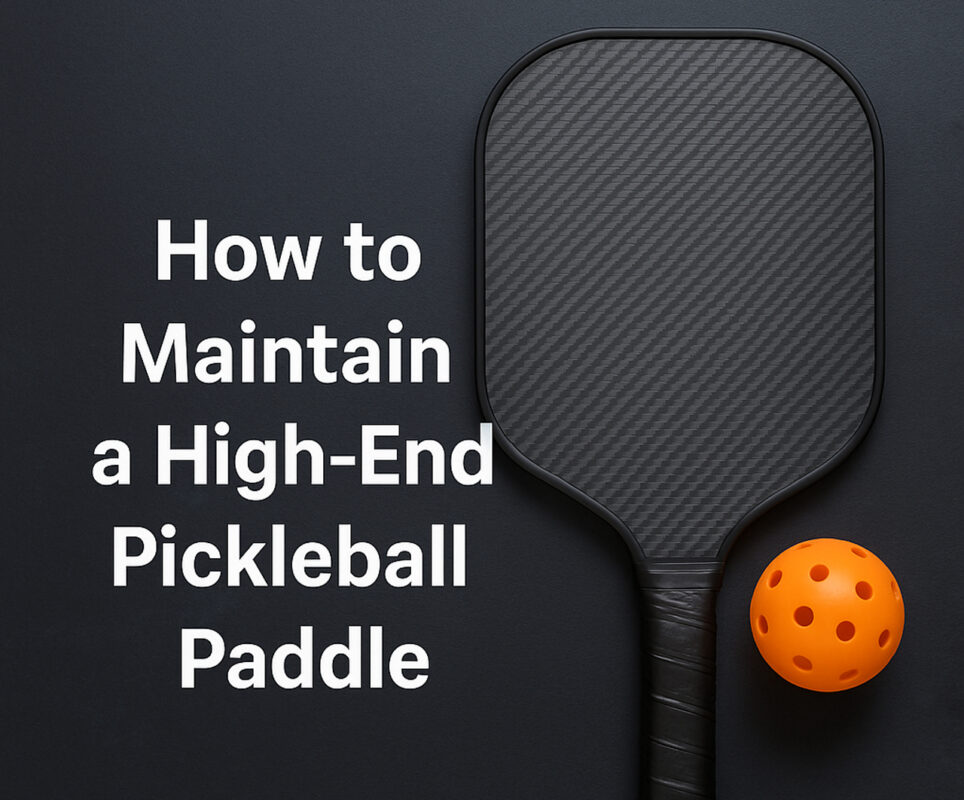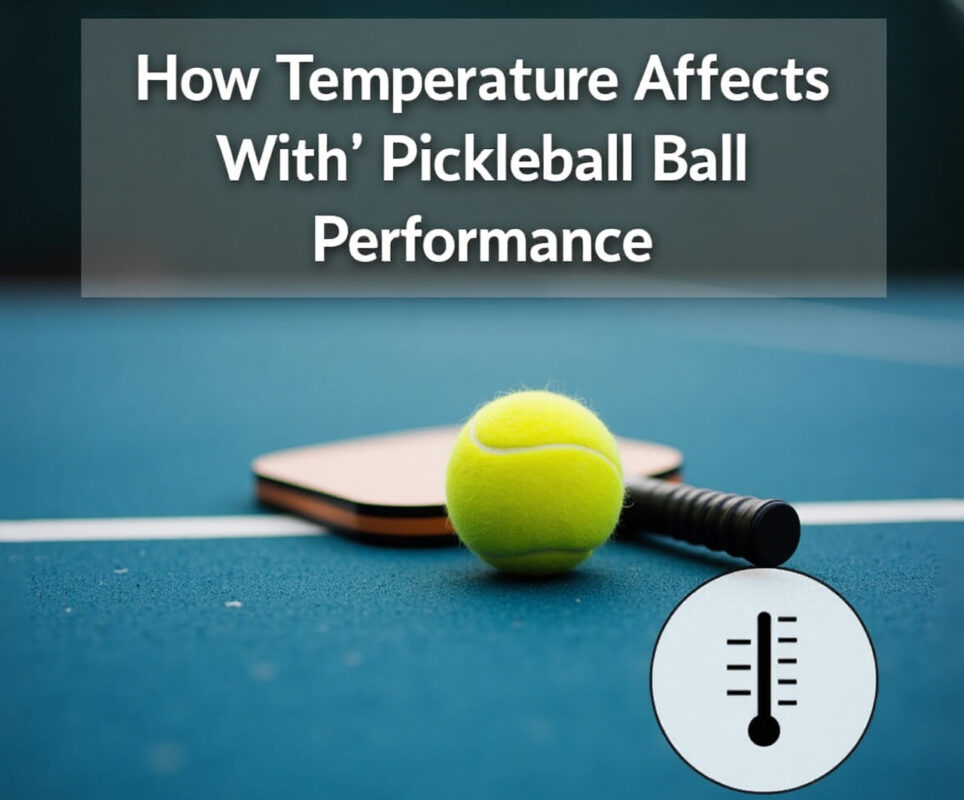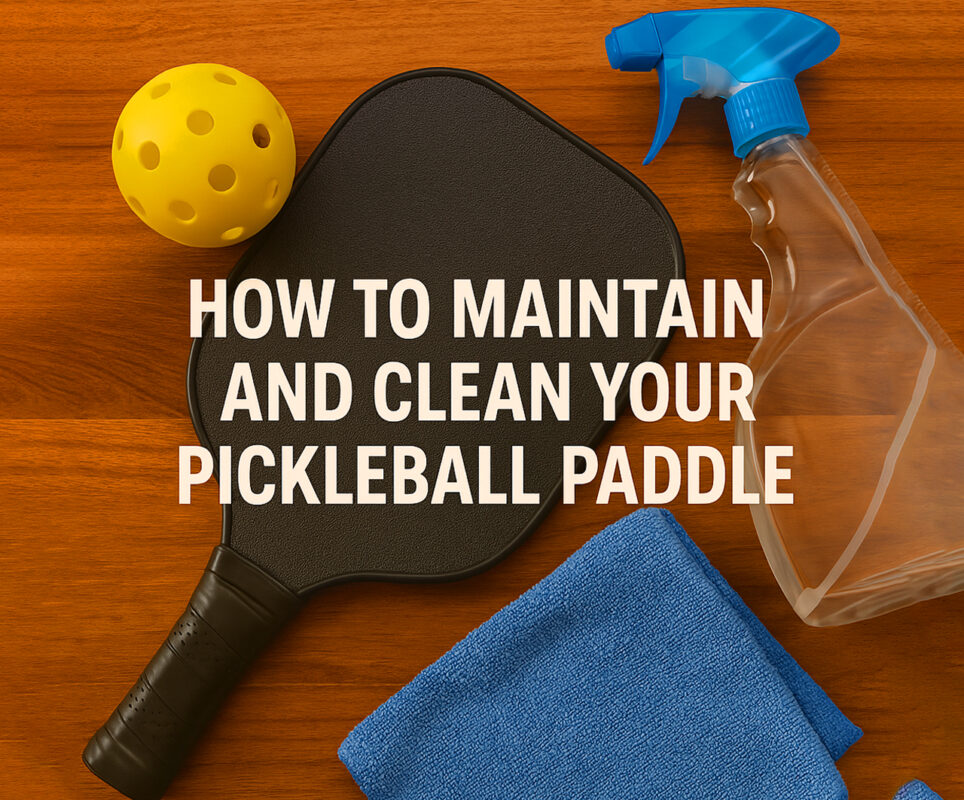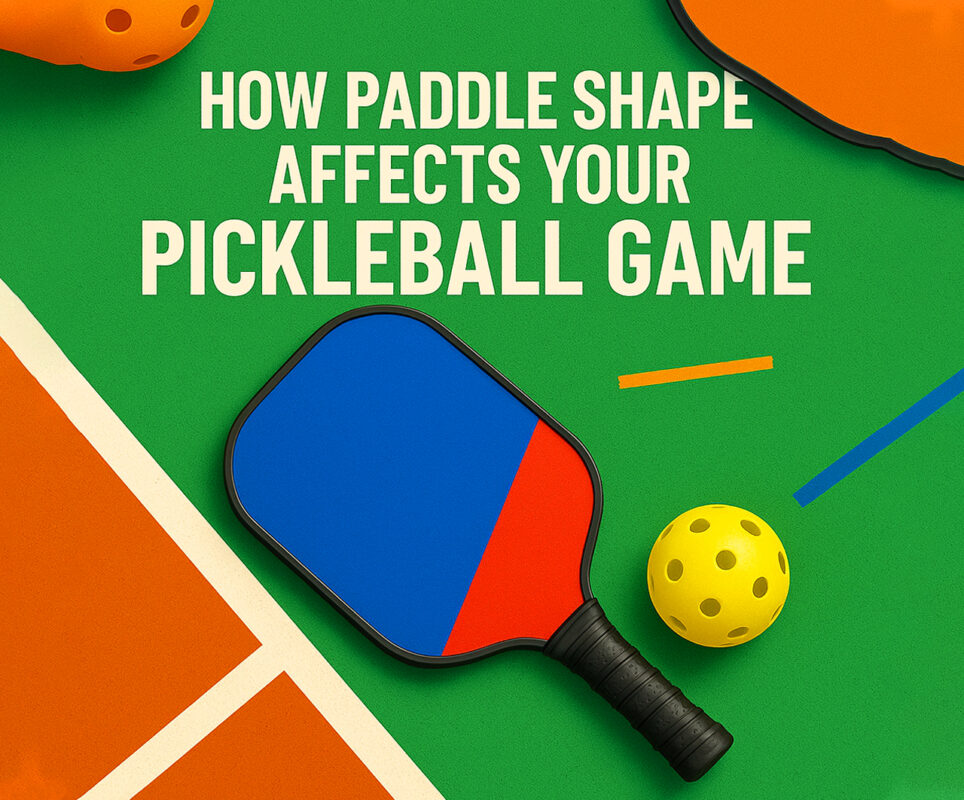Strength and endurance play a critical role in improving pickleball performance. Many players turn to weighted paddles to enhance their power and precision on the court. A weighted paddle adds extra resistance to your swings, helping to build muscle and improve your shot speed. Whether you’re using a wooden pickleball paddle for extra resistance, searching for the best pickleball paddles under $100 for strength training, or testing a traditional paddle ball paddle for muscle development, the right approach can make a significant impact. In this article, we will explore how weighted paddles can improve strength, the best drills to incorporate them into your training, and how to choose the right one for your game. Know more..
Why Train with a Weighted Paddle?
Using a weighted paddle helps develop forearm, wrist, and shoulder strength, leading to more controlled and powerful shots. While traditional paddles are optimized for speed and maneuverability, training with added weight can enhance endurance and reduce fatigue during extended play.
Benefits of Weighted Paddle Training:
- Improved Strength and Power: Strengthens wrist and forearm muscles for harder shots.
- Better Control and Stability: Helps maintain balance and shot accuracy.
- Increased Endurance: Prepares players for long matches by reducing muscle fatigue.
- Enhanced Reflexes: Improves reaction time and shot efficiency.
- Faster Recovery Time: Strength training reduces the risk of injury and improves recovery after intense matches.
- More Consistent Play: Strengthened muscles allow for more controlled and reliable shots.
Best Drills for Strength Training with a Weighted Paddle
1. Forearm Strengthening Drill
Objective: Develop wrist and forearm endurance for better shot control.
How to Perform:
- Hold your wooden pickleball paddle in your dominant hand.
- Extend your arm straight out in front of you.
- Rotate your wrist back and forth slowly, keeping control of the paddle.
- Perform 3 sets of 15 reps on each arm.
- Increase resistance over time by using a slightly heavier paddle.
Why It Works: Using a weighted paddle ball paddle increases resistance, strengthening key muscles used for ball control.
2. Shadow Swing Drill
Objective: Improve muscle memory and swing consistency.
How to Perform:
- Stand in your ready position with a weighted paddle.
- Perform slow-motion swings as if hitting a ball.
- Focus on follow-through and wrist movement.
- Repeat for 10 minutes to build endurance.
- Alternate between forehand and backhand strokes.
Why It Works: This drill helps players adapt to the additional weight while reinforcing proper swing technique.
3. Wall Volley Drill
Objective: Strengthen arm muscles while improving shot precision.
How to Perform:
- Stand 5-7 feet away from a wall.
- Use your wooden pickleball paddle to volley the ball repeatedly.
- Aim for consistent placement, keeping the ball at a controlled height.
- Perform 5-minute sets, switching between forehand and backhand volleys.
- Increase difficulty by incorporating spin on shots.
Why It Works: This drill builds endurance while refining paddle control under resistance.
4. Power Drive Training
Objective: Increase shot power and drive consistency.
How to Perform:
- Use a weighted paddle to hit drives from the baseline.
- Focus on generating power while maintaining accuracy.
- Practice 50 forehand and 50 backhand drives per session.
- Switch to your regular paddle afterward and compare power improvements.
- Adjust grip pressure to control shot speed.
Why It Works: Switching between a weighted paddle and a standard one enhances strength without sacrificing control.
Additional Drills to Maximize Strength
5. One-Handed Backhand Drill
Objective: Strengthen the non-dominant hand for improved shot versatility.
How to Perform:
- Hold your wooden pickleball paddle in your non-dominant hand.
- Practice hitting backhand shots with a focus on control.
- Perform 3 sets of 20 backhand strokes.
- Alternate between topspin and slice backhands.
Why It Works: Improving your non-dominant side helps balance out muscle development and improves overall performance.
6. Wrist Flexibility Drill
Objective: Prevent wrist injuries and enhance paddle maneuverability.
How to Perform:
- Hold the paddle out in front of you with a relaxed grip.
- Slowly move the paddle in circles, using only your wrist.
- Perform this drill for 2 minutes in each direction.
- Increase intensity by adding small weights to the paddle.
Why It Works: Wrist flexibility is essential for spin shots and quick reactions at the net.
Choosing the Right Weighted Paddle
1. Wooden Pickleball Paddle for Strength Training
A wooden pickleball paddle is an affordable option for weighted training. While not ideal for competitive play, it offers great resistance for building endurance.
2. Best Pickleball Paddles Under $100
If you’re looking for a paddle that combines affordability with durability, consider the best pickleball paddles under $100 that offer slightly heavier materials for training purposes.
3. Paddle Ball Paddle for Cross-Training
A paddle ball paddle is slightly different in shape and weight but can be used to improve arm endurance and grip strength.
4. Adjustable Weighted Paddles
Some modern paddles come with removable weight attachments, allowing players to customize their training.
Common Mistakes and How to Avoid Them
Mistake #1: Overtraining
- Solution: Limit weighted paddle training to 2-3 times per week to avoid muscle strain.
Mistake #2: Using Excessive Weight
- Solution: Choose a moderate-weight paddle rather than an overly heavy one to prevent injury.
Mistake #3: Ignoring Technique
- Solution: Focus on proper form rather than just power to maximize benefits.
Mistake #4: Lack of Recovery Time
- Solution: Allow adequate rest between training sessions to prevent fatigue and muscle overuse.
How Often Should You Train with a Weighted Paddle?
- Beginners: 2-3 times per week for short sessions.
- Intermediate Players: 3-4 sessions per week with progressive overload.
- Advanced Players: 4+ times per week, incorporating high-intensity drills.
Sample Training Routine:
- Monday: Forearm Strengthening + Wall Volley Drill
- Wednesday: Shadow Swing + Power Drive Training
- Friday: One-Handed Backhand + Wrist Flexibility Drill
- Sunday: Full Training Session with Paddle Ball Paddle
Conclusion
Training with a weighted paddle can significantly improve strength, endurance, and shot control. Whether you use a wooden pickleball paddle, an affordable option from the best pickleball paddles under $100, or a paddle ball paddle for cross-training, incorporating these drills into your routine can elevate your performance. With consistent training, you’ll notice increased power, reduced fatigue, and greater confidence in your shots on the court. By following a structured approach and avoiding common mistakes, you can develop stronger strokes, better control, and an overall improved pickleball game.







